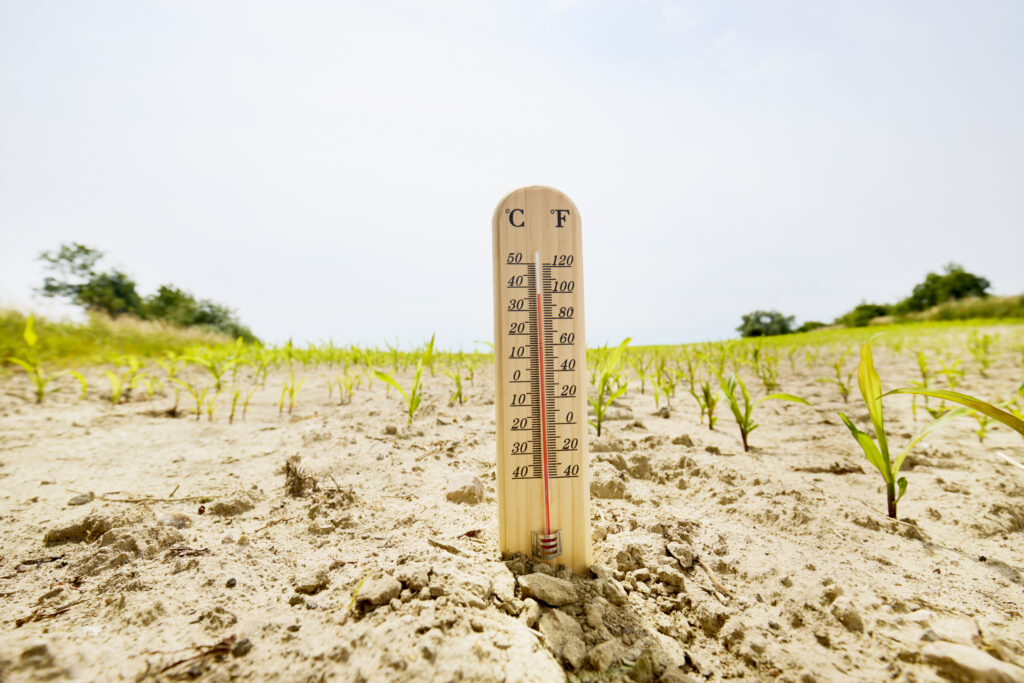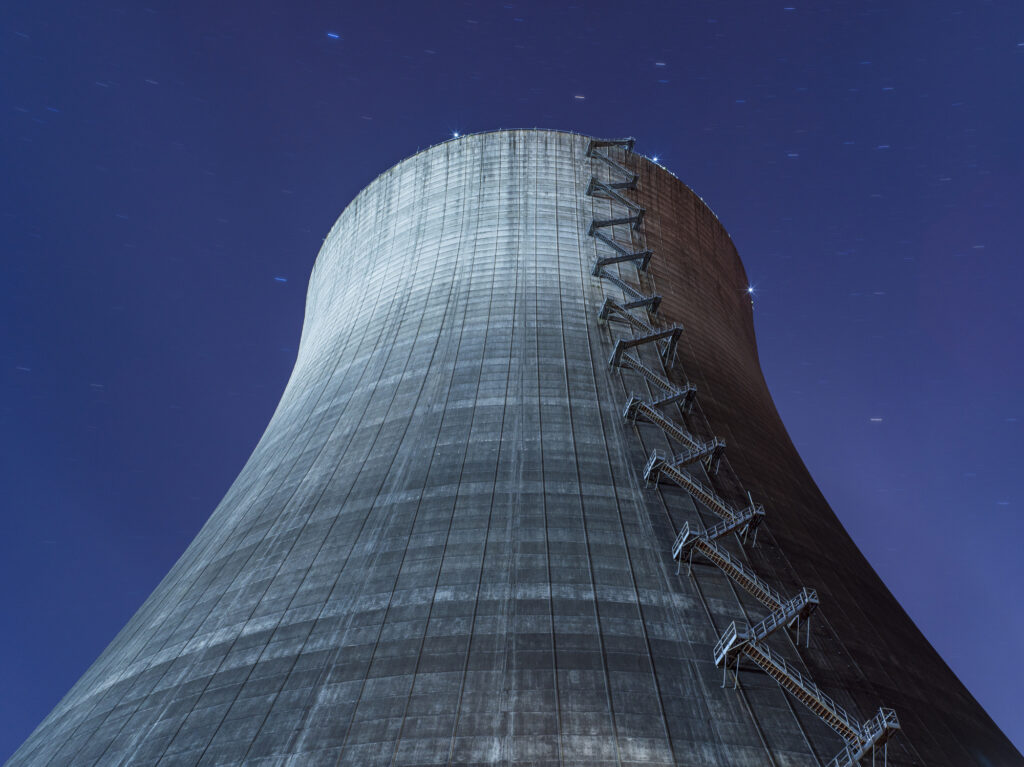The Environmental Protection Agency released on June 13 its Report to the President on New Source Review, the part of the Clean Air Act that regulates emissions from new or substantially modified factories and power plants.
Criticism of the report from Democrats and pro-regulation advocates was predictable, but more objective commentators from across the political spectrum reacted favorably, saying the reforms represent long-overdue progress in updating environmental regulations for the twenty-first century.
Origins of the controversy
“New Source Review” (NSR) refers to a permitting program whose basic requirements were established in 1977 as Parts C and D of Title 1 of the Clean Air Act. According to EPA, the purpose of the program is to ensure that when new sources are built or existing sources undergo major modifications: (1) air quality improves if the change occurs where the air currently does not meet federal air quality standards; and (2) air quality is not significantly degraded where the air currently meets federal standards.
The NSR program attempts to achieve its mission by requiring best available control technology (BACT) or lowest achievable emissions rate (LAER) technology be installed when new units are built or when major modifications are made to existing plants that would lead to a significant increase in emissions.
Since 1980, EPA has released some 4,000 pages of “guidance” and produced many (often conflicting) letters and several proposals for NSR revision, none of them finalized. Some commentators contend EPA has frequently and substantially changed its enforcement policies without going through the formal (and legally required) rulemaking procedure.
What EPA’s report says
EPA’s Report to the President summarizes extensive public comments and previous EPA reviews of NSR enforcement policies. It found many cases where current NSR enforcement policies have had negative effects on businesses, workers, consumers, and the environment. (See “NSR’s unintended consequences,” page 15.) The Report identified three areas where reform is needed:
- EPA’s uncertain and increasingly narrow interpretation of the “routine maintenance, repair and replacement” exclusion.
Consistent with Congress’s intent, EPA until 1999 generally excluded “routine maintenance, repair and replacement” (RMR&R) activities from the NSR permitting process. As early as 1988, though, EPA began to challenge the meaning of “routine,” subjecting or threatening to subject more activities to NSR than before.
The Report to the President concludes that “concern about the scope of the routine maintenance exclusion is having an adverse impact on [utility] projects that affect availability, reliability, efficiency, and safety.” Concerning nonutility companies, EPA says “concern about the scope of the routine maintenance exclusion is having an adverse impact on industries outside the energy sector. It also is credible to conclude that projects have been discouraged that might have been economically and/or environmentally beneficial without increasing actual emissions.”
- EPA’s substitution of “actual-to-future-potential” for “actual-to-future-actual” in the accounting of likely changes in emissions.
In 1996, EPA changed the way it estimates the effect of facility modifications on emissions for nonutility emitters from “actual-to-future-actual” to “actual-to-future-potential,” which means the decision to apply NSR is determined by the emitter’s “potential to emit” (PTE), rather than the actual change in emissions likely to occur.
Two parts of the controversy over calculating PTE are the choice of a base year and the expected future utilization of capacity. If emissions in a year of historically low utilization are used as the base for determining whether future emissions are significant, then more modifications become subject to NSR. And modifications that allow a facility to run longer or at a higher capacity may be scored as increasing the emitter’s PTE even though they reduce emissions from the modified unit itself.
In its Report to the President, EPA concluded “the current NSR program is having an adverse impact on energy efficiency by discouraging projects that may improve energy efficiency, or may increase capacity and reliability without actually increasing pollutant emissions. In some cases it may be discouraging projects that decrease emissions because of the ‘actual-to-future-potential’ test used for these industries.”
- Emissions from de-bottlenecking and aggregation.
Originally, EPA ruled that only the direct effect on emissions from the unit being modified would be considered in determining whether an NSR permit was required. More recently, EPA has moved to a more expansive definition under which ancillary increases in emissions from unmodified but “de-bottlenecked” units must be included in the calculation of future emissions.
EPA has alleged in the past that regulated emitters split projects for the purpose of evading NSR. To prevent this, EPA itself has taken to combining the emissions impact of separate projects. Once again, the result of EPA’s latest interpretation is that more modifications to existing plants are potentially subject to NSR.
EPA concludes in its Report to the President, “Our findings in this report ratify a longstanding and broadly-held belief that parts of the NSR program can and should be improved. For example, we conclude above that changes to NSR that add to the clarity and certainty of the scope of the routine maintenance exclusion will improve the program by reducing the unintended consequences of discouraging worthwhile projects that are in fact outside the scope of NSR.”
Recommended reforms
When it released its Report to the President, EPA also issued seven recommendations for NSR reform. The first four were proposed by the Clinton administration in 1996 but never implemented:
- Plantwide Applicability Limits (PALs). Regulated emitters would be allowed to modify their plants without obtaining a major NSR permit provided their emissions do not exceed a plantwide cap based on an actual emissions baseline. Such “plantwide applicability limits” (PALs) would have the effect of expanding the RMR&R exclusion and resolving conflicts over de-bottlenecking and indirect effects on emissions.
- “Clean unit” exclusion. Regulated emitters who achieved federal BACT or LAER control levels or comparable state minor source BACT since 1990 would be entitled to a “clean unit exclusion” from NSR. A clean unit would trigger NSR only if permitted allowable emissions increase. Companies that make investments in pollution prevention or processes that are inherently clean or lower-emitting, and which achieve emission reductions comparable to BACT or LAER at the time the investment was made, would also qualify for the exclusion.
- Pollution control and prevention projects. Modifications that result in a net overall reduction in air pollutants, including when an emitter switches to a cleaner-burning fuel, would be excluded from NSR, subject to certain conditions. Currently, only modifications done for the purpose of reducing emissions are granted such an exclusion. Caps on emissions under the National Ambient Air Quality Standards program and other programs would remain in place.
- Actual-to-future-actual methodology. The “actual-to-future-potential” emissions test would be replaced with the previously used (and still used for utilities) “actual-to-future-actual” test, which is a more realistic calculation of future emissions. Only emission increases caused by a given modification would be considered. The baseline for calculating current actual emissions would be the highest consecutive 24-month period within the immediately preceding 10 years.
Three additional reforms of NSR recommended by EPA would need to go through the formal rulemaking procedure (including public comment) before being implemented. They are:
- More objective definition of the RMR&R exclusion. EPA proposes to set cost-based thresholds below which projects would automatically qualify for the RMR&R exclusion. The thresholds would be set on an industry-by-industry basis and would exclude costs incurred for installing and maintaining pollution control technology. EPA would also attempt to codify activities that qualify for the RMR&R exclusion.
- De-bottlenecking. EPA proposes to clarify that, when calculating actual emissions associated with a modification, emitters generally will need to look only at the unit undergoing the change. Emissions from units “upstream” or “downstream” of the unit being changed would be considered only when the permitted emissions limit of the upstream or downstream unit would be exceeded or increased as a result of the change.
- Aggregation. EPA proposes to consider modifications to be separate and independent projects unless they are dependent upon another project to be economically or technically viable or the project has been intentionally split from other projects to avoid NSR. EPA says it “generally would defer to the States to implement the Agency’s aggregation rule.”
According to EPA, “Our reforms will remove the obstacles to environmentally beneficial projects, clarify NSR requirements, encourage emissions reductions, promote pollution prevention, provide incentives for energy efficient improvements, and help assure worker and plant safety. Overall, our reforms will clarify and simplify the program so that industry will be able to make improvements to their plants that will result in greater environmental protection.”
EPA goes on to say, “The basic elements of the NSR program remain in place. All new major sources of air pollution will need to comply with the best control technology and existing sources which make major modifications and have a significant increase in actual emissions also will have to meet these requirements. The reforms simply clarify which changes at existing sources can be made without triggering NSR.”
Views and reactions
Many prominent organizations have observed NSR’s shortcomings and called for NSR reform along the lines proposed by EPA. The National Governors Association says “NSR requirements should be reformed to achieve improvements that enhance the environment and increase energy production capacity, while encouraging energy efficiency, fuel diversity, and the use of renewable resources.”
The nation’s leading think tanks support NSR reform. For example, the Progressive Policy Institute, a liberal think tank, says “NSR no longer provides any significant emissions reductions, and eliminating these NSR provisions for new sources has the potential to actually boost cleaner energy technologies.” The Heritage Foundation, a conservative think tank, calls NSR reform “much needed,” noting “the administration’s ability to restructure the program and reform its perverse incentives will determine how rapidly the nation can meet its growing energy needs while controlling air pollution.”
Jerry Taylor and Peter Van Doren of the libertarian Cato Institute say “the President is on the right track. Whatever we decide about permissible air pollution levels, the current regime is an economic, environmental, and political abomination. It should be replaced root-and-branch with a universal cap-and-trade program, and the one outlined in the ‘Clear Skies’ program is a good place to start.”
Business groups generally have been favorable to EPA’s recommendations. According to Michael Baroody, executive vice president of the National Association of Manufacturers, “The new reforms will help remove regulatory roadblocks that have kept us from pursuing” environmental improvements and economic growth. The Business Roundtable says “the current NSR system has created an unnecessary conflict between industrial competitiveness and environmental protection. These two important objectives can and should work hand-in-hand; we should help the Bush administration make this happen—for the benefit of the environment and our economy.”
The American Petroleum Institute called the reforms “an encouraging step” that “ends a period of uncertainty by finalizing some and proposing other much needed regulatory changes.”
Liberal politicians and activist organizations, who opposed NSR reform before EPA’s latest report was released, remain wedded to the dysfunctional program even after the Report to the President documented its shortcomings. Sen. John Kerry (D-Massachusetts) called EPA’s recommendations “terrible news for families in the Northeast.” The Chicago chapter of the American Lung Association, a lobbying group, claimed “the Bush plan means significantly more air pollution, which will adversely impact public health and undermine pending enforcement action against violators.”
Joseph L. Bast is president of The Heartland Institute, publisher of Environment & Climate News.




